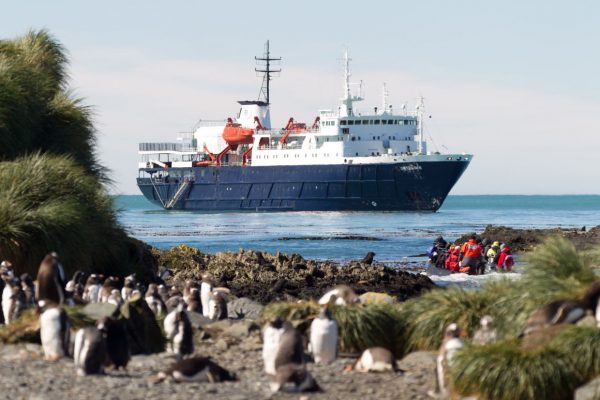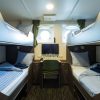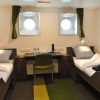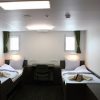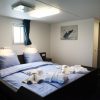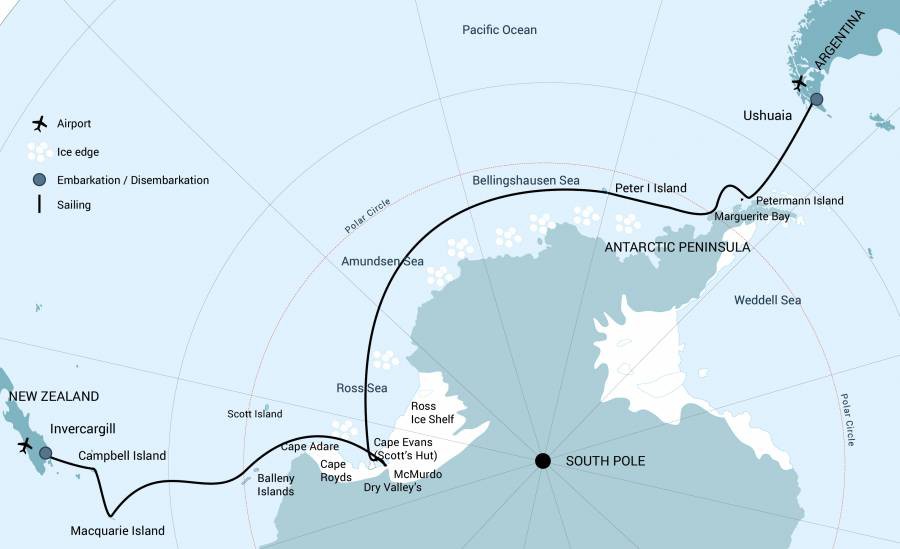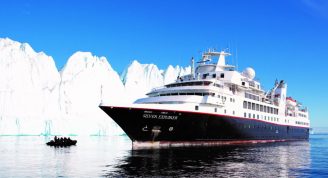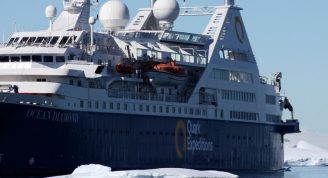Description
Sail to the southern parts of the Antarctic Peninsula, Peter I Island, the Bellingshausen and Amundsen Seas into the Ross Sea. Visiting the Ross Ice-shelf, Dry Valleys, McMurdo Station, Macquarie Island, Campbell Island and the historic huts of Scott and Shackleton.
Our first Discovery Cruise voyages to the Ross Sea were successfully completed in 2013. Join us for an new exploratory voyage to Campbell Island, home to the Southern Royal Albatross, to the huts of Shackleton and Scott on Ross Island, to the Bay of Whales and Kainan Bay, the starting points from where Norwegian Amundsen and the Japanese Shirase gained access to the ice-shelf in 1911 and 1912, and where Byrd wintered in Little America.
During those voyages we will transfer our passengers ashore by zodiac. But, we will also operate our two helicopters in certain sites where Zodiacs cannot be used. Potential candidates (not guaranteed) for helicopter transfers are Cape Evans (hut of Scott), Cape Royds (hut of Shackleton), Ross Ice Shelf at Bay of Whales, Peter I Island, and the Dry Valleys. In theory, we plan on five helicopter based landings, but a specific amount of helicopter time cannot be predicted.
Helicopter operations
The use of helicopters is a great advantage and can support us in our goal to reach certain landing sites, that otherwise are almost inaccessible. However, this is a true expedition and we operate our itinerary in the world’s most remote area, ruled by the forces of nature, weather and ice conditions. Conditions may change rapidly; having its impact on the helicopter operation and passengers should understand and accept this. Safety is our greatest concern and no compromises can be made. No guarantees can be given and no claims will be accepted. The vessel is equipped with two helicopters, but in the case that one helicopter is unable to fly due to for example a technical failure, the helicopter operation will cease or even be cancelled, due to the fact that one helicopter always needs to be supported by a second operational helicopter. No guarantees can be given and in no event will claims be accepted.
Included in this voyage
Voyage aboard the indicated vessel as indicated in the itinerary
All meals throughout the voyage aboard the ship including snacks, coffee and tea.
All shore excursions and activities throughout the voyage by Zodiac.
Program of lectures by noted naturalists and leadership by experienced expedition staff.
Free use of rubber boots and snowshoes.
Luggage transfer from pick-up point to the vessel on the day of embarkation, in Ushuaia.
Group transfer from the vessel in Bluff to the airport in Invercargill.
Ship-to-shore helicopter transfers (with no specific amount of helicopter time guaranteed)
All miscellaneous service taxes and port charges throughout the programme.
Comprehensive pre-departure material.


